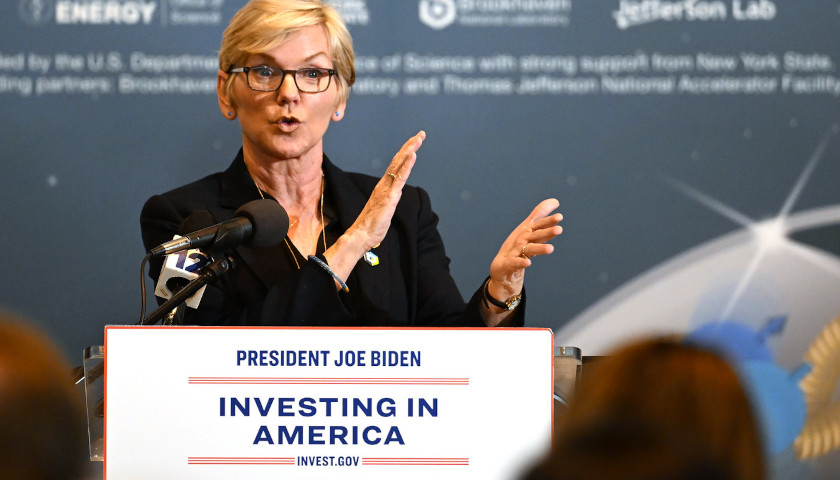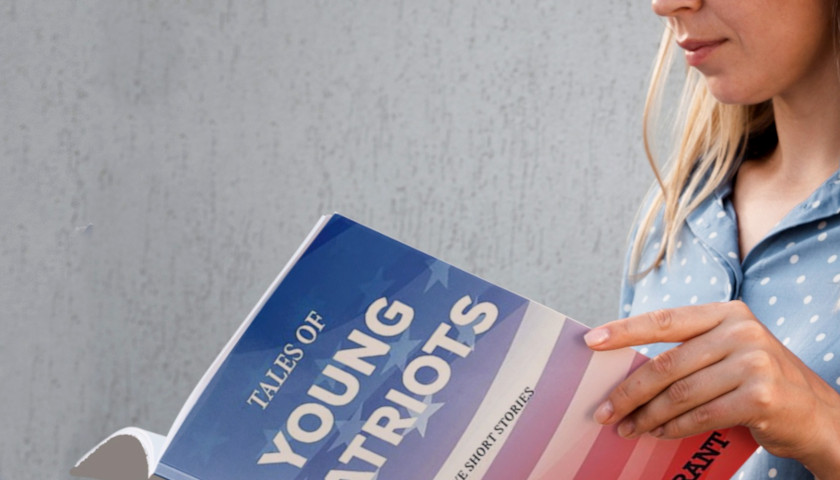by Robert Romano
The national unemployment rate reported by the Bureau of Labor Statistics jumped from 3.5 percent to 3.8 percent in August as an additional 514,000 Americans said they could not find work in the Bureau’s household survey. Now 6.3 million Americans are said to be unemployed, the highest in more than a year.
But it did not come with a commensurate drop in the number of Americans saying they were working, which also increased by 222,000 to 161.48 million.
Instead, it came amid a 736,000 increase in the civilian labor force, which included a 525,000 decrease in the number of Americans not in the labor force and a 211,000 increase in the non-institutional civilian population.
This represents Americans entering the labor force, either from the sidelines or for the first time, but being unable to find a job.
The news comes amid another drop in the number of job openings were also down another 338,000 in in July to 8.8 million, a 26.6 percent decrease from its 12 million peak in March 2022, which usually happens during economic slowdowns or recessions, and is associated with increases in unemployment, which is what we’re seeing now.
Other troubling signs include the annual growth of consumer credit that peaked at 9.95 percent in April 2022, dropping to 7.8 percent annualized by Dec. 2022 and now is down to 5.7 percent in June 2023. This indicates Americans have maxed out their credit after the rampant inflation of 2021 and 2022, and are now slowing down spending to catch up on their bills. The economy overheated and so did household budgets.
The slowdown in credit accumulation has also coincided with the slowdown of annualized inflation, which peaked at 9.1 percent in June 2022 but now has slowed down to 3.2 percent in July. The July number is actually bouncing off the recent low of 3 percent in June, and so the Federal Reserve is still considering additional interest rate hikes, which should further choke credit accumulation until inflation is normalized.
Which usually means a recession, despite President Joe Biden’s hopes that it will not come to that.
On Aug. 9, President Joe Biden was touting the turnaround at a campaign reception in Albuquerque, N.M., stating “We’re in a situation where inflation is the lowest in two years — at 3 percent…” That was a day before the Bureau of Labor Statistics reported the uptick in prices.
Ironically, if Biden is hoping for a downtick in prices, that could mean a recession comes sooner rather than later, even as he resisted such an outlook in a separate speech the same day, “unemployment is down and so is inflation. Remember all the experts, including some that worked for me, told us that to get inflation under control we needed to lower wages and reduce the number of people working. No, I’m — that — that’s been sort of gospel… Not a joke. Seriously. Some of you here in the audience are economists. You know that.”
Biden added, “But I never bought it — the problem was too many people are working or working people are working — making too much money. That’s not the problem.”
Here, Biden is simply hoping that upheaval in labor markets—which are inevitable in the business cycle—will be forestalled until after 2024 when he faces reelection.
On that count, the Federal Reserve is still placing a “significant probability of a recession occurring by the end of 2024,” according to the minutes of its July 25 to July 26 meeting of the Board of Governors that was released Aug. 16.
“Respondents to the Open Market Desk’s Survey of Primary Dealers and Survey of Market Participants in July continued to place significant probability of a recession occurring by the end of 2024. However, the timing of a recession expected by survey respondents was again pushed later, and the probability of avoiding a recession through 2024 grew noticeably.”
That is slightly more optimistic than in June when it had projected that “the effects of the expected further tightening in bank credit conditions, amid already tight financial conditions, would lead to a mild recession starting later this year, followed by a moderately paced recovery. Real GDP was projected to decelerate in the current quarter and the next one before declining modestly in both the fourth quarter of this year and first quarter of next year.”
The Fed in June projected unemployment to keep rise steadily to 4.1 percent this year and up to 4.5 percent in 2024, an implied 1.3 million jobs losses between then and now. Now, at 3.8 percent, it is possible that its projection is coming true. Peak employment might be about to sunset, and with it, so too might President Biden’s reelection hopes.
– – –
Robert Romano is the Vice President of Public Policy at Americans for Limited Government Foundation.





